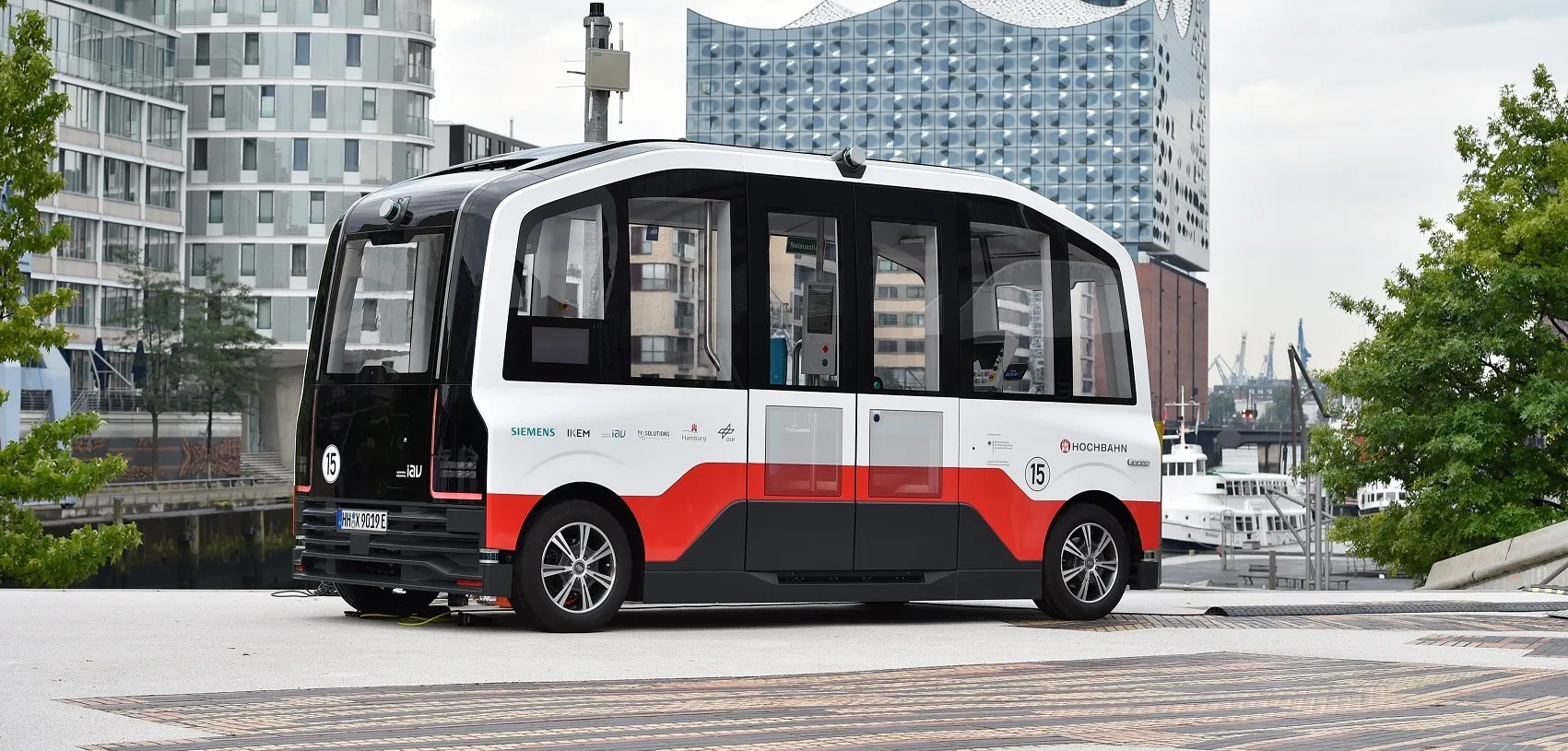Data from IDTechEx claims there are many new forms of electric bus arriving in quite a rush. Last year saw pure electric double decker and articulated buses. This year there is speculation that the work by Siemens of Germany on long distance pure electric trucks being charged by short lengths of overhead catenary could also apply to buses. That should involve much lower cost than the other zero pollution option the fuel cell bus.
Now Switzerland has joined other places around the world newly exploring t
June 30, 2016
Read time: 2 mins
Data from 6582 IDTechEx claims there are many new forms of electric bus arriving in quite a rush. Last year saw pure electric double decker and articulated buses. This year there is speculation that the work by 189 Siemens of Germany on long distance pure electric trucks being charged by short lengths of overhead catenary could also apply to buses. That should involve much lower cost than the other zero pollution option the fuel cell bus.
Now Switzerland has joined other places around the world newly exploring the potential of electric autonomous buses, with a pair of driverless shuttles now ferrying passengers around the city of Sion as part of a two-year trial.
Others being tested out across the globe include the EZ10 in California and Singapore, Navia also in Singapore, and the Olli in Washington DC that can talk to passengers. Switzerland's autonomous buses will also take to public roads with local regulators assessing a wider deployment of low-carbon, autonomous mass transport. Operated by Switzerland's leading public bus operator, PostBus, they will navigate Sion's city streets with software by BestMile, a spin out of the Swiss Federal Institute of Technology in Lausanne.
Dr Peter Harrop, chairman of IDTechEx says, "Electric buses are now more important than cars in several ways. They will still be around when some city centres ban cars. They are a bigger market for lithium-ion batteries by value than cars and they pioneer many new technologies first because up-front price is less important."
Now Switzerland has joined other places around the world newly exploring the potential of electric autonomous buses, with a pair of driverless shuttles now ferrying passengers around the city of Sion as part of a two-year trial.
Others being tested out across the globe include the EZ10 in California and Singapore, Navia also in Singapore, and the Olli in Washington DC that can talk to passengers. Switzerland's autonomous buses will also take to public roads with local regulators assessing a wider deployment of low-carbon, autonomous mass transport. Operated by Switzerland's leading public bus operator, PostBus, they will navigate Sion's city streets with software by BestMile, a spin out of the Swiss Federal Institute of Technology in Lausanne.
Dr Peter Harrop, chairman of IDTechEx says, "Electric buses are now more important than cars in several ways. They will still be around when some city centres ban cars. They are a bigger market for lithium-ion batteries by value than cars and they pioneer many new technologies first because up-front price is less important."








